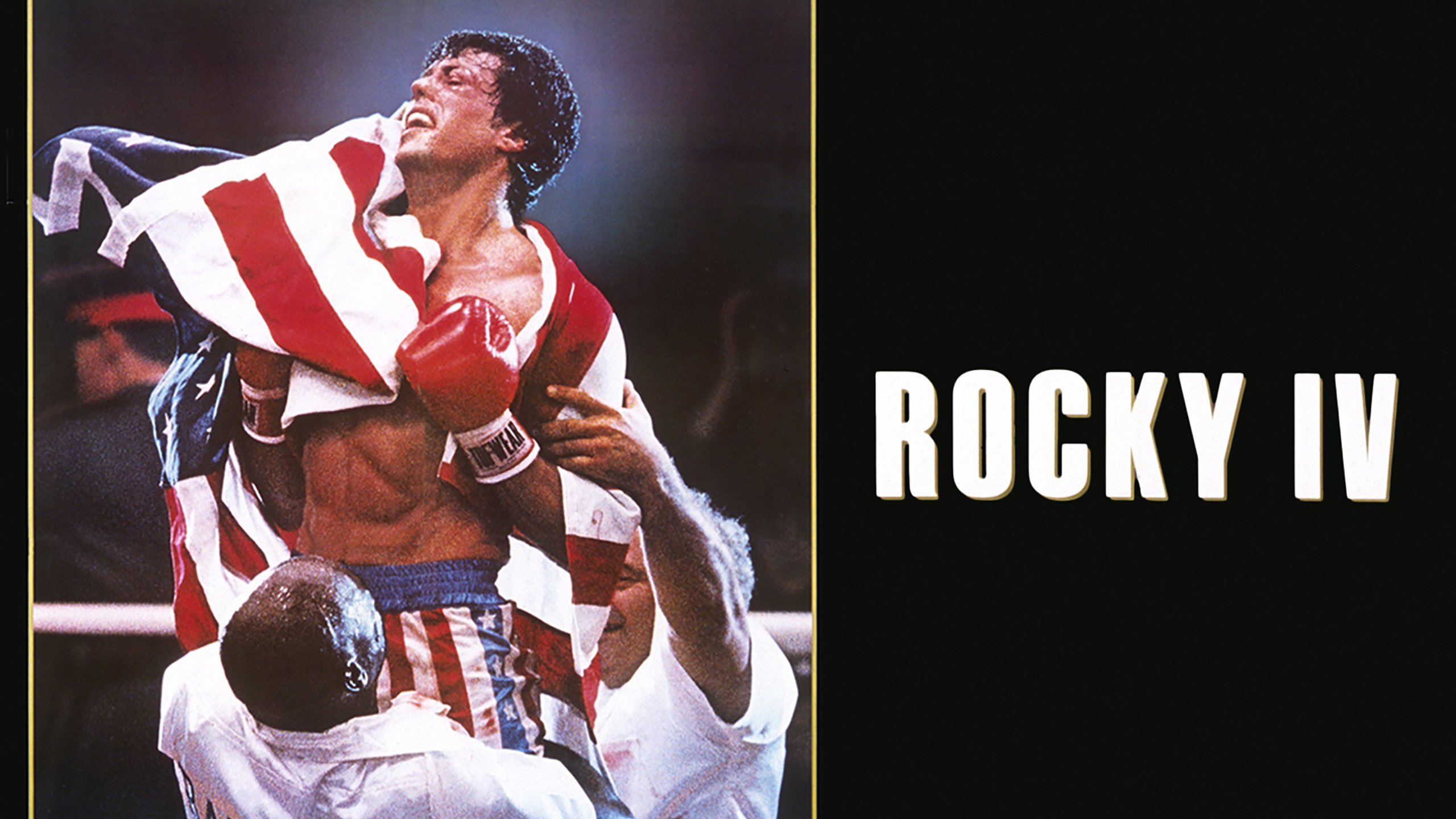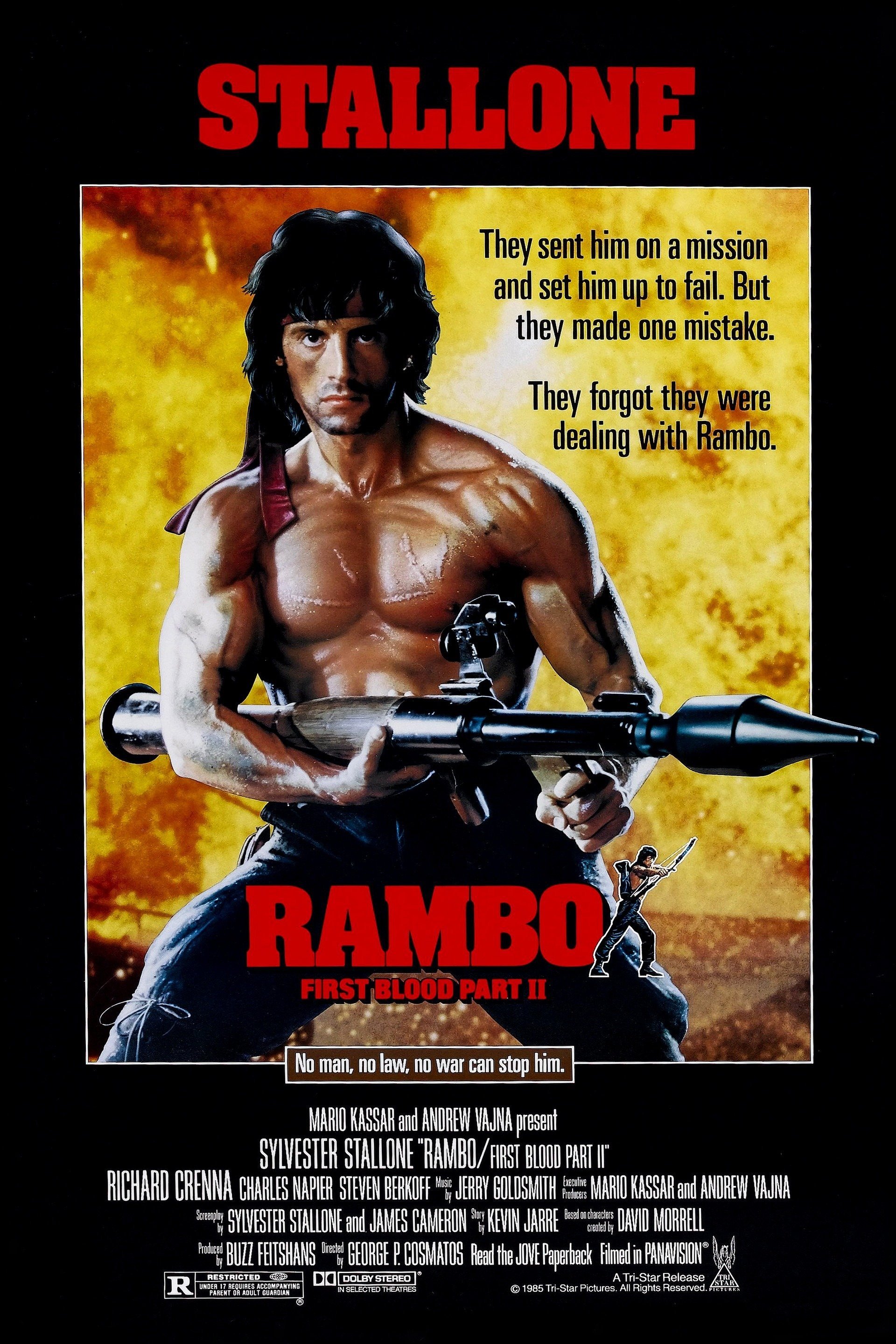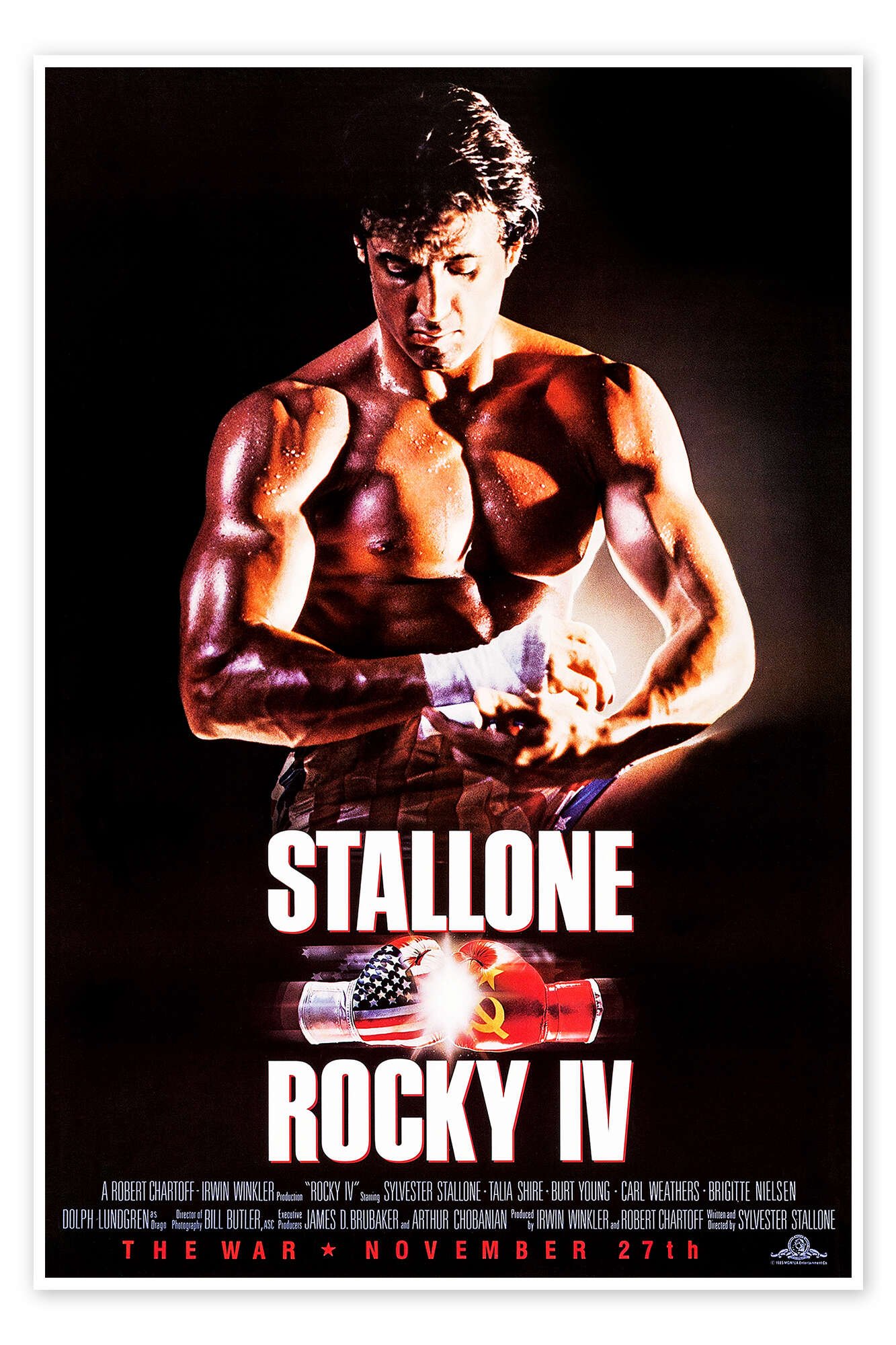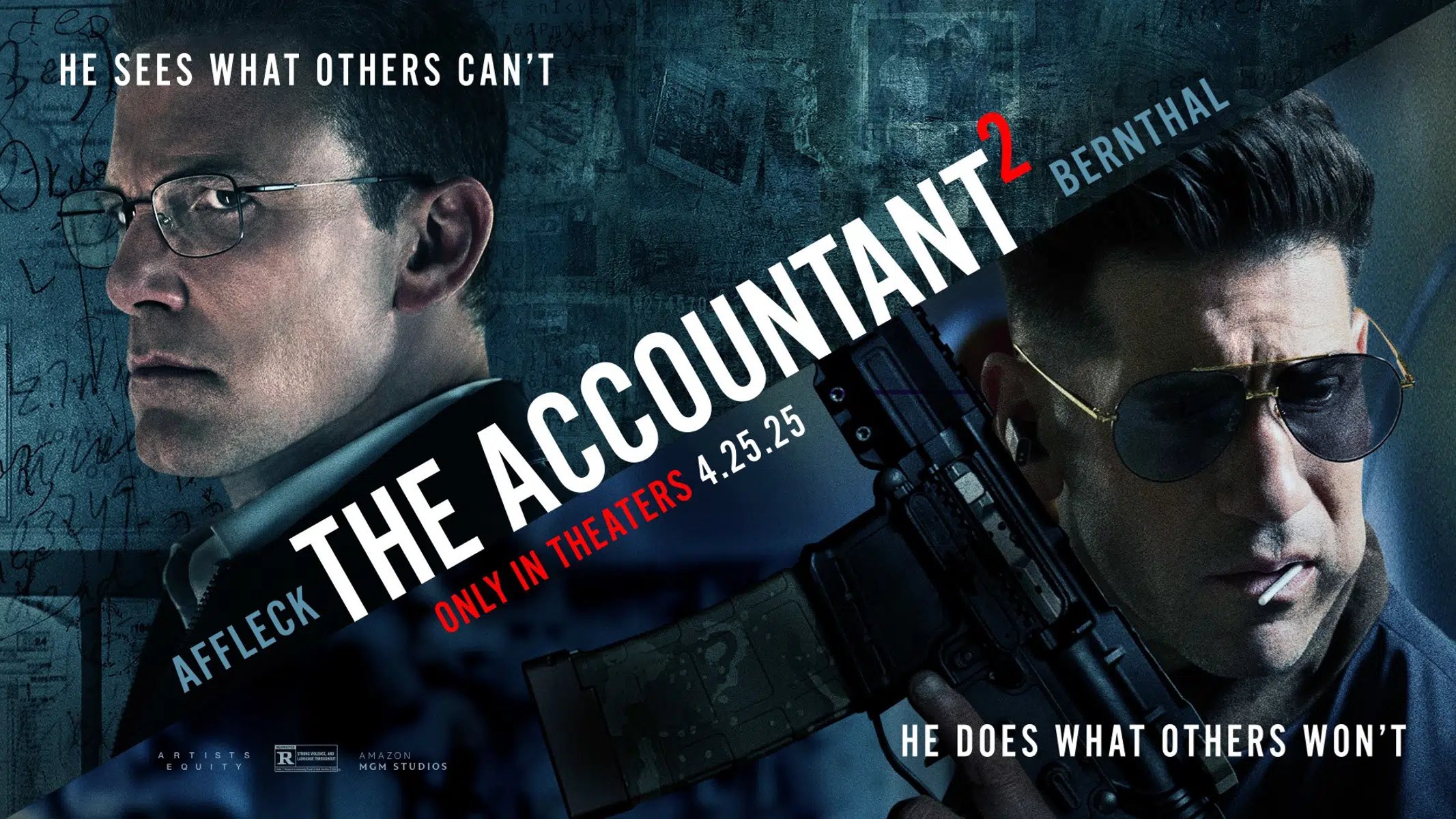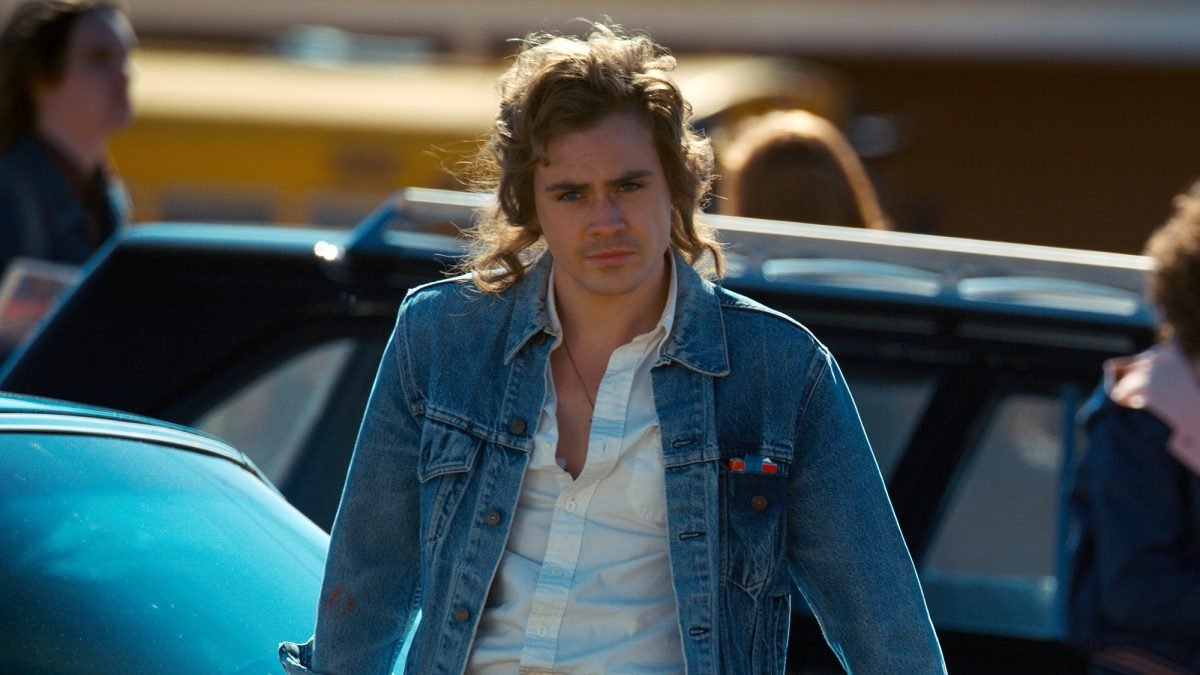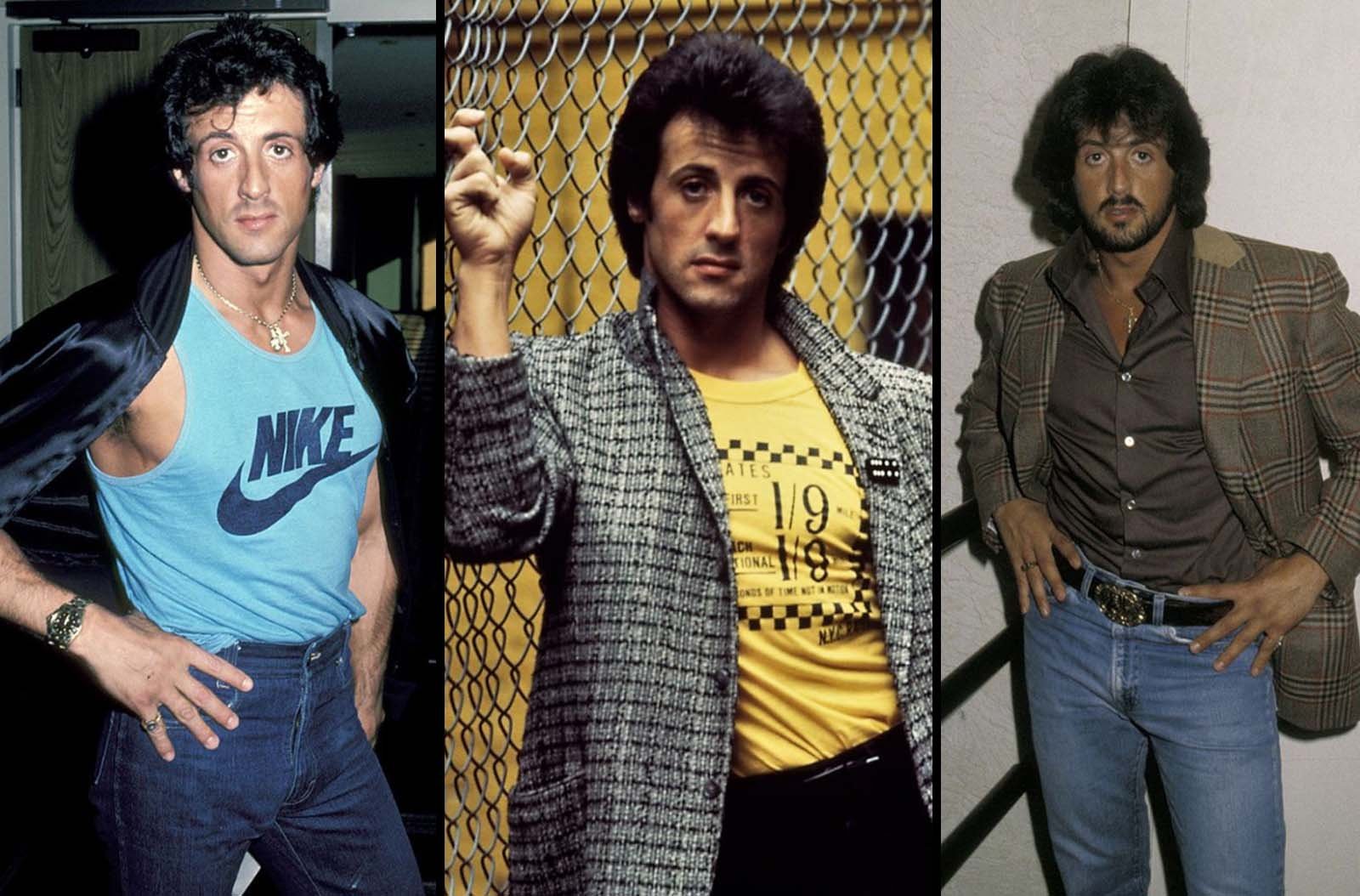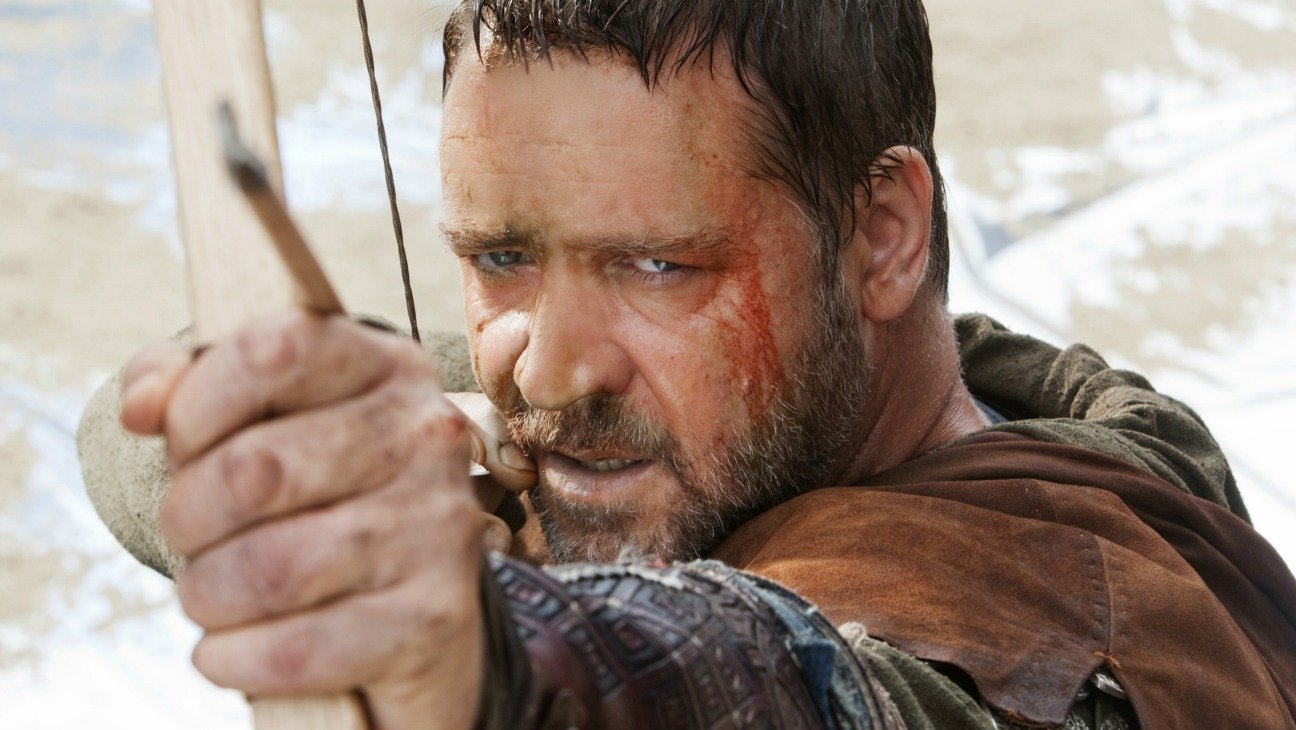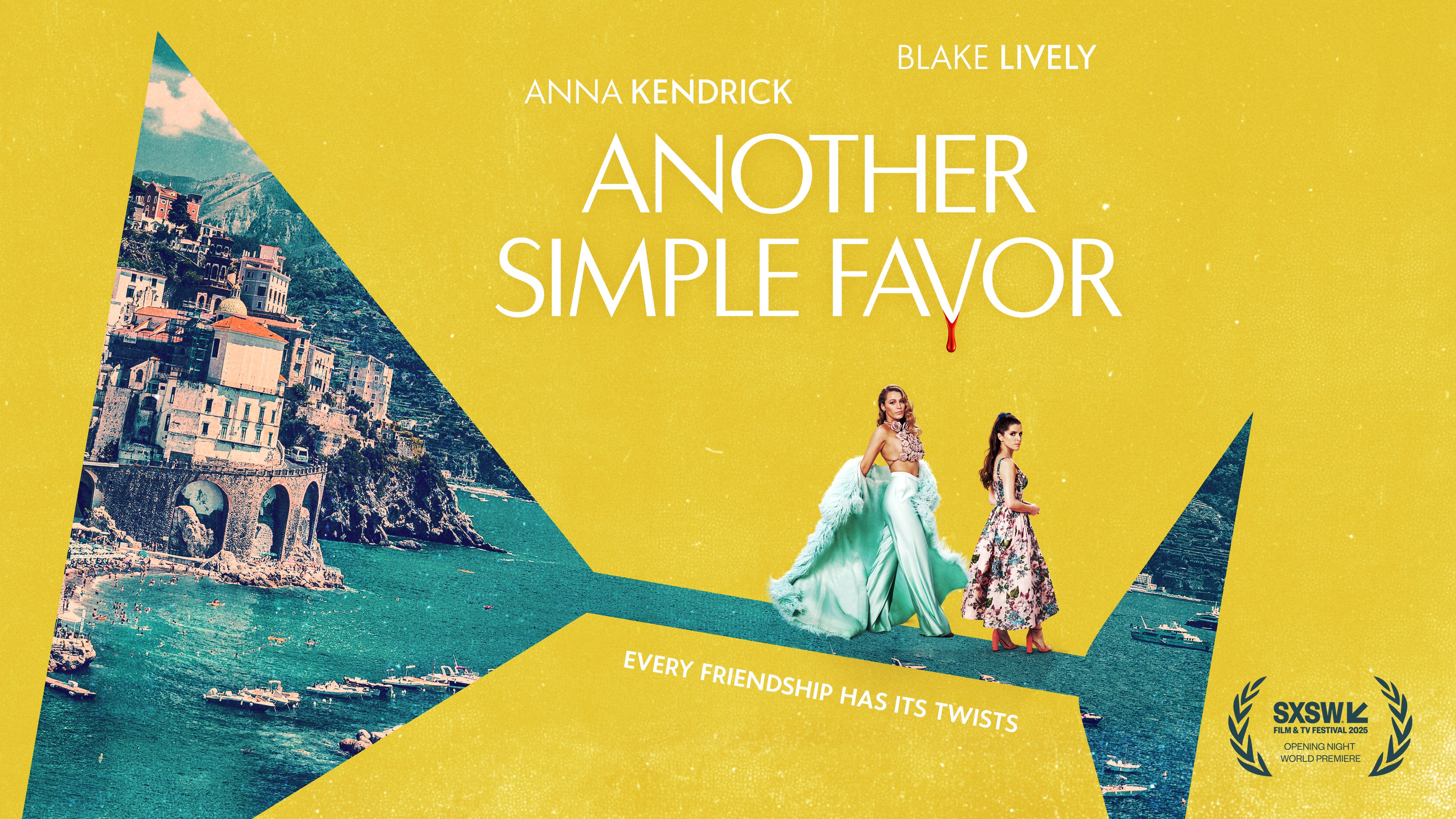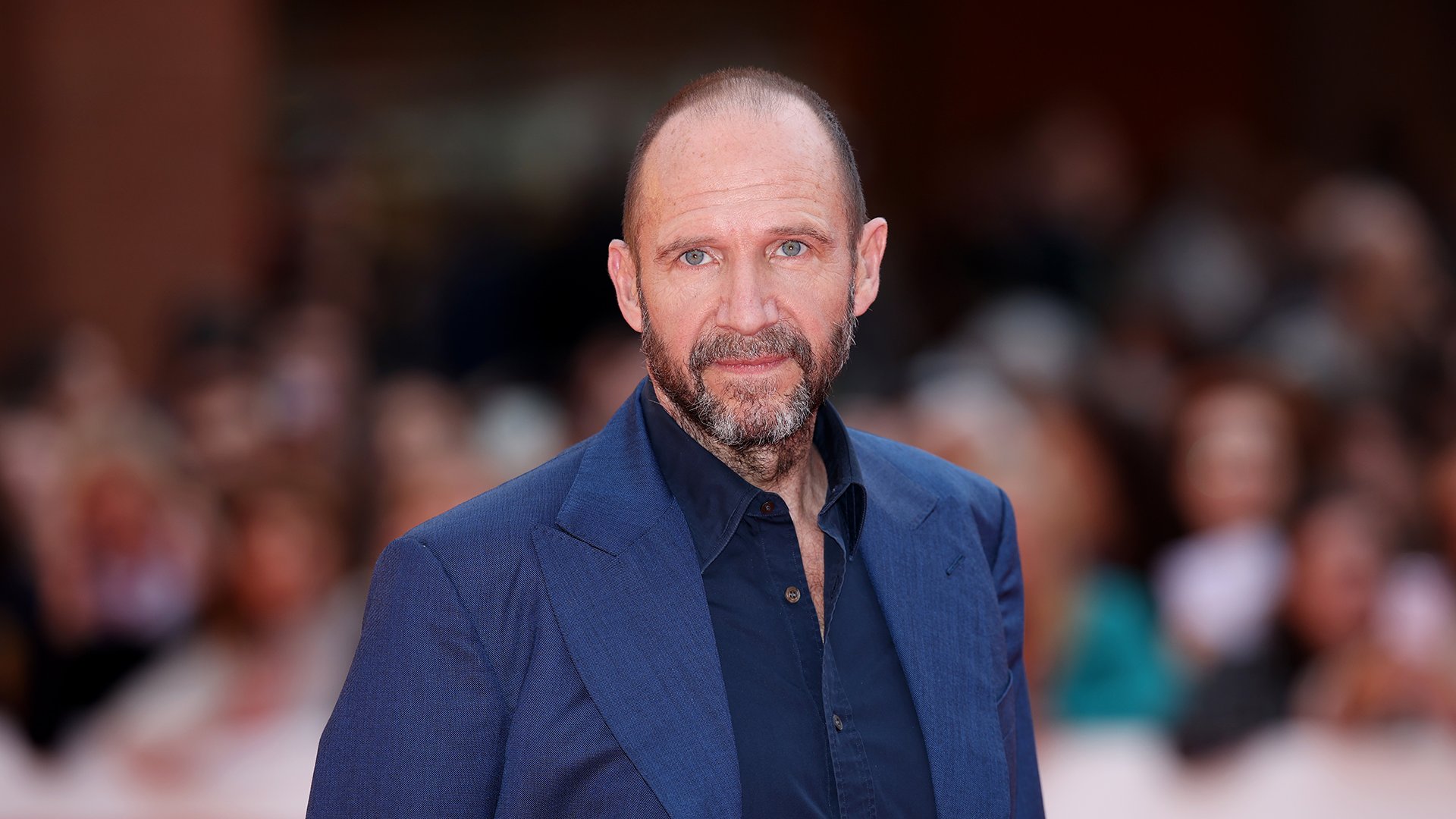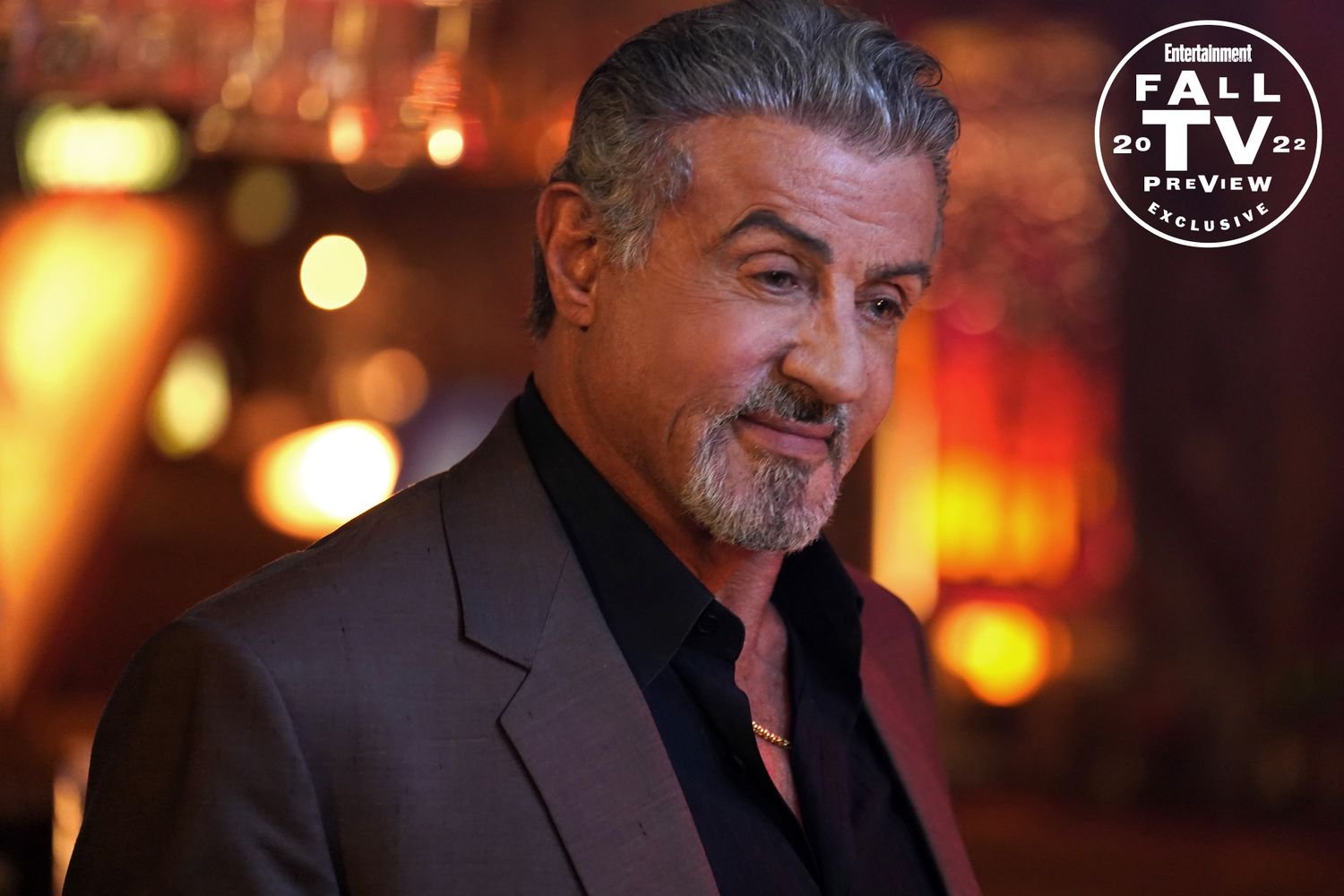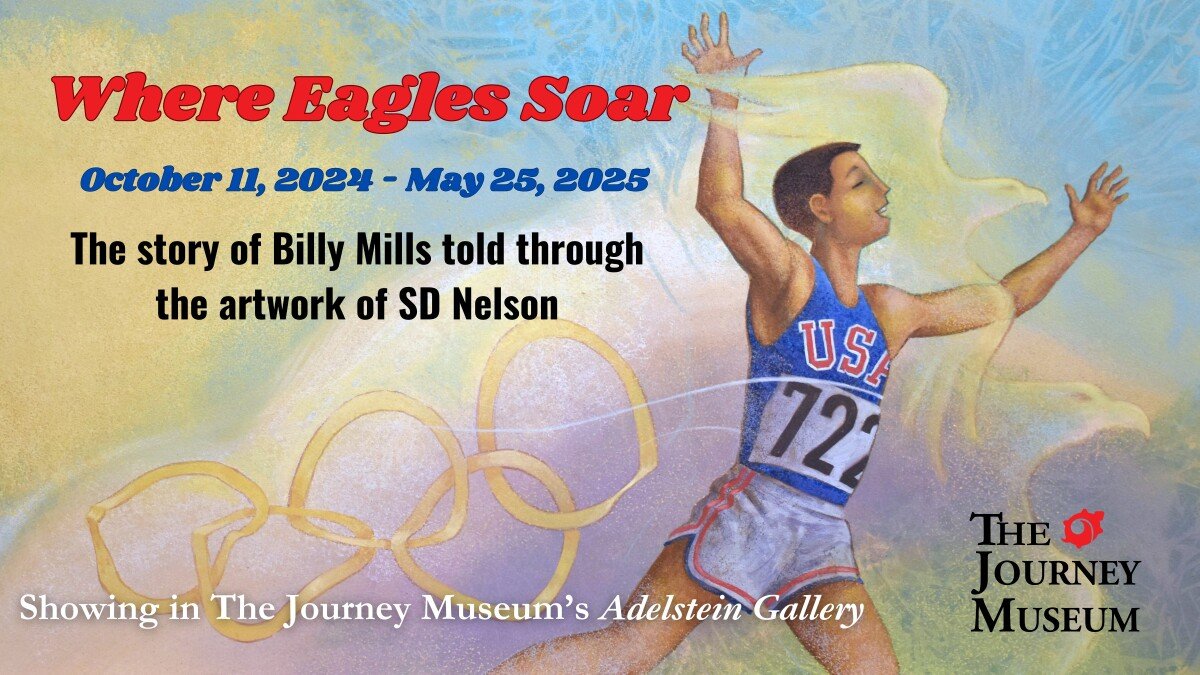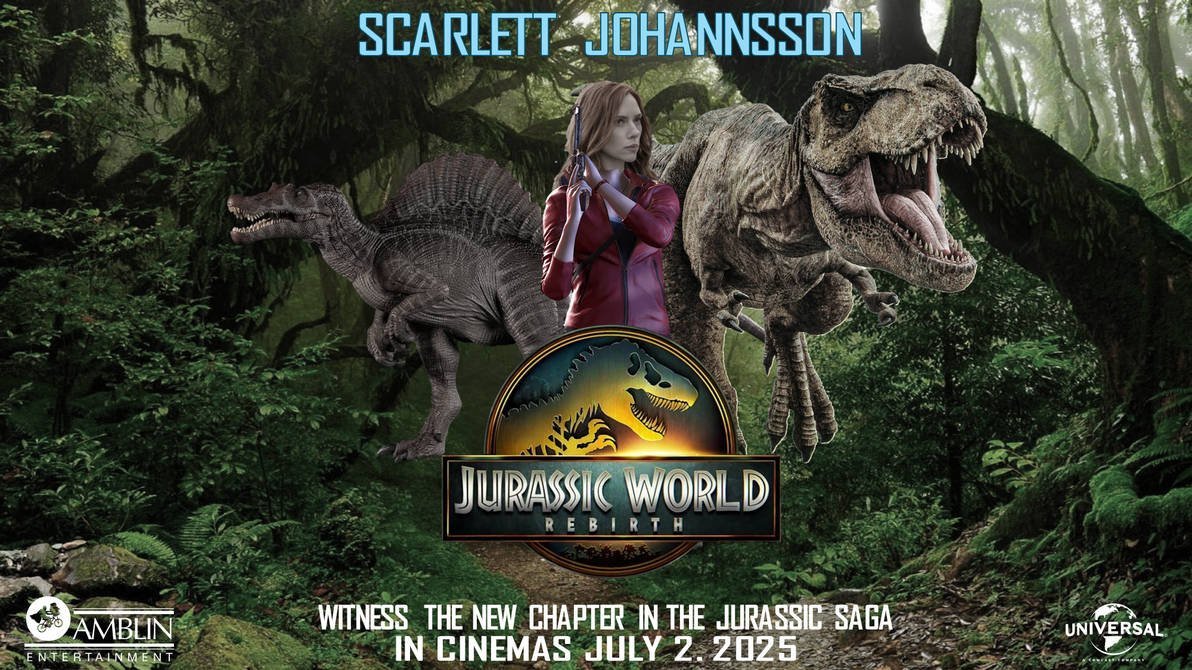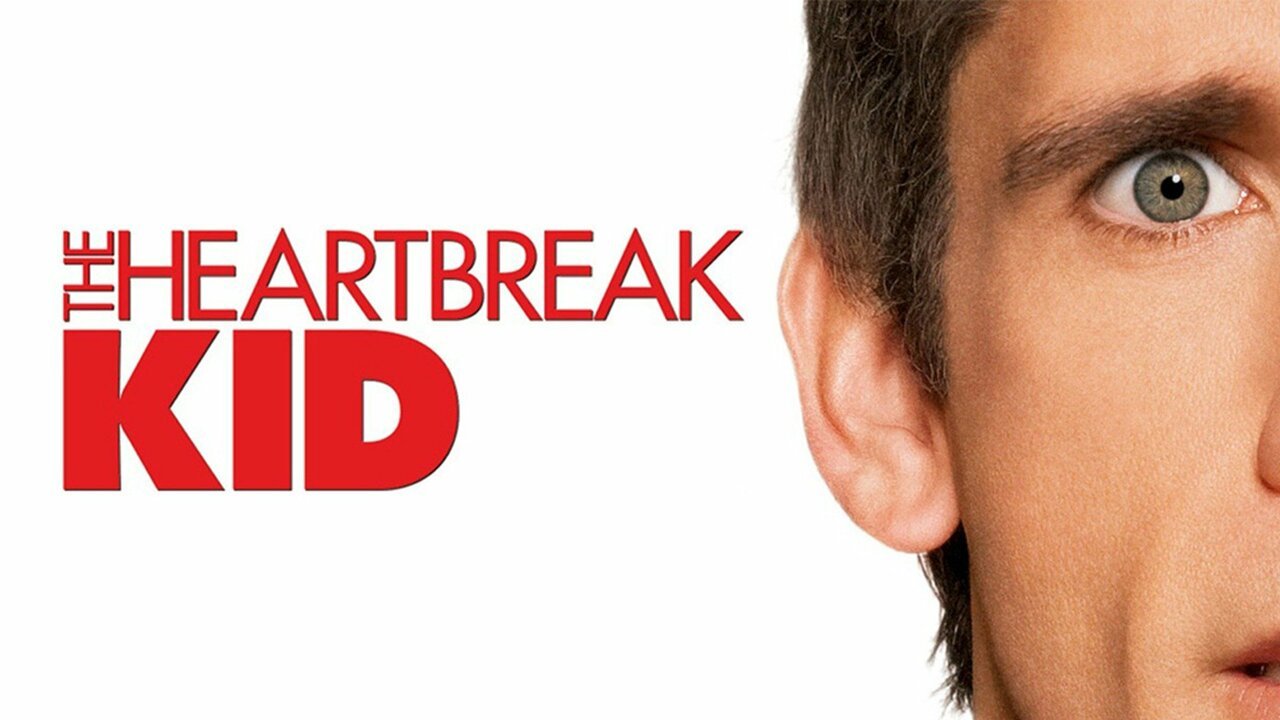Sylvester Stallone starred in some of the most memorable action films of the 1980s, leading two franchises – Rocky and Rambo – that became pop culture landmarks. Over the years, two of his sequels, Rocky IV and Rambo: First Blood – Part II, stood out for all the wrong reasons at first. Both movies received significant criticism from film critics when released, but brand new data shows their reputations have improved remarkably over time. Today, fans look at these movies not just as overblown sequels, but as lasting entries in the Stallone legacy.
The change in status for these films says a lot about how popular tastes shift with time and how movies once panned can eventually be appreciated by new generations. Recent statistics reveal that the way viewers rate these sequels has changed dramatically – now, these movies aren’t just looked at fondly for nostalgia, but are seen as entertaining, well-loved classics by many. The numbers confirm a true critical reevaluation.
Rocky IV and Rambo II’s Surprising Rise in Reputation
Few would have guessed that both Rocky IV (1985) and Rambo: First Blood – Part II (1985) would one day gain widespread appreciation among critics. Once dismissed for being too over-the-top and unrealistic compared to earlier entries, both films now enjoy a resurgence online and in pop culture discussions. According to newly released data from Stat Significant, their average ratings have gone up more than 20 percent over the decades.
The numbers are striking: Rocky IV’s positive reviews rose by 26 percent, while Rambo II increased nearly 21 percent. That’s a major jump, especially since most films decline by about 4 percent in critical approval over twenty years. Fans, younger audiences, and even some critics now see these sequels as iconic, boasting high-energy action and memorable moments that continue to resonate. This renewed appreciation coincides with a general revival of 1980s pop culture aesthetics across film and streaming media.
This shift is mostly due to the fact that both movies have survived the test of time and become favorites among new generations who see them with fresh eyes. What once felt excessive now seems part of their unique charm. As these sequels have grown more popular, their original reputations are finally being challenged.
Platforms like MovieLens have played a role, too, showing how audience voting and rating systems can spark reappraisal. The sequels have persisted as must-watch action films, and many now consider them essential to Stallone’s long-lasting appeal.
Initial Critical Reception and Box Office Success
When both Rocky IV and Rambo II were released, critics largely panned them. Reviews often centered on the films’ lack of realism and what many called a cartoonish approach compared to their more grounded predecessors. Mainstream film critics saw them as cash grabs that traded character depth for spectacle, resulting in mixed or negative reviews across newspapers and magazines.
Despite critical snubs, the movies were huge commercial hits. Rocky IV made over $300 million worldwide, and Rambo II grossed more than $300 million as well – figures almost unheard of for the era. Audiences packed theaters, drawn to the explosive action and the larger-than-life drama. These box office returns cemented Stallone’s place as a bona fide superstar, even if the critical establishment was reluctant to acknowledge his success.
The split between critical reception and public enthusiasm was clear. On one side, reviewers bemoaned the movies’ focus on simple plots and spectacle. On the other, fans turned out en masse, making these sequels instant box office triumphs. This pattern continued throughout the 1980s, reflecting the era’s appetite for muscular, patriotic blockbusters.
Even at their release, both films drew large international crowds and gained a significant pop culture following, with instantly recognizable moments and characters. Critics may not have been impressed initially, but the numbers told a different story.
How Audience Perceptions Have Shifted Over the Years
In recent years, a remarkable shift has taken place: both fans and critics have warmed to Rocky IV and Rambo II as new generations watch these films outside their original cultural context. Instead of focusing on perceived flaws, many modern viewers see nostalgia, entertainment, and technical craft – qualities that weren’t as valued when the films were new.
Online review platforms and discussion forums have helped fuel this change, as longtime fans and newcomers share their enthusiasm and give higher ratings than the movies once received. Today, it’s common to see praise for Stallone’s physical performance, the dramatic stakes, and the distinctive 1980s style showcased in both films.
The way audiences perceive blockbuster films has changed; aspects that seemed corny in the 1980s are now embraced as part of the genre’s appeal. People have re-evaluated these movies, seeing value in their exuberance and straightforward storytelling. Instead of dismissing the excess, fans now celebrate it.
This turnaround has also made an impact on professional critics, some of whom have updated their views to reflect the modern consensus. In film retrospectives and anniversary articles, these Stallone sequels are given the credit many think they deserved all along.
Data Behind the Upward Trend for Rocky IV and Rambo II
The clearest evidence for the new appreciation of Rocky IV and Rambo II comes from modern rating platforms and studies. Most significantly, researchers at Stat Significant used data from MovieLens, a well-known movie rating site, to show that these films’ approval ratings have gone up at an exceptional rate. This isn’t typical: the average movie loses about 4 percent in approval rating 20 years after release.
For Rocky IV, the data shows a phenomenal 26 percent increase in positive reviews over the years. Rambo II saw a 21 percent jump – a rare phenomenon for sequels, especially ones that started with such negative press. These numbers offer statistical proof of a changed public mood.
Part of the reason for this reversal is the influence of crowd-sourced ratings versus traditional critics. More viewers have a reason to share their experiences, so beloved classics from the past can gain new life as public opinion balances out older critical voices.
These stats also suggest that popular films dismissed in their time might one day achieve critical success. Audience-driven ratings can sometimes reveal truths about film enjoyment that traditional reviews miss, providing a fuller picture of a movie’s real impact.
This change in attitude isn’t unique to Stallone – other 1980s action films have experienced similar reappraisals, but few have done so as dramatically as Rocky IV and Rambo II.
The Role of Nostalgia and Changing Cultural Context
Much of the new admiration for Rocky IV and Rambo II comes from nostalgia and how people now view the 1980s. Back when the films were first released, audiences and critics viewed them through the lens of current politics and popular attitudes. Today, viewers see them as fun relics of a different era.
Both movies feature Cold War themes, flashy montages, and archetypal villains – once criticized for being simplistic, now enjoyed as part of the decade’s cinematic style. The over-the-top muscle, music, and showmanship are exactly what make them stand out and turn them into favorites for repeat viewing.
Nostalgia transforms films, allowing people to look beyond dated references or messages and appreciate production value, soundtrack, and emotional impact. Modern viewers, many of whom weren’t alive in the 1980s, approach these films with curiosity and enjoyment, not political baggage.
Streaming services and cable reruns have helped reinforce the memory of these films, introducing them to new viewers who see them as pure entertainment, stripped of their original controversy. As the historical context fades, enjoyment and affection grow stronger.
Rocky IV’s All-Time Villain and Legacy
Rocky IV is remembered not only for its montage sequences and showy style but also for giving fans one of the greatest movie villains of all time – Dolph Lundgren’s Ivan Drago. The rivalry between Stallone’s Rocky Balboa and Drago set the tone for countless sports films that followed, with Drago’s cold, imposing screen presence raising the movie’s stakes.
The death of Apollo Creed in Rocky IV was another poignant moment. It gave the film genuine emotional weight, leading to a dramatic showdown and becoming one of the most discussed events in the franchise. This development gained renewed importance with the later release of Creed, connecting the stories for a new audience.
Today, fans revisit Rocky IV as a high-water mark in the series. Its soundtrack, villain, and climactic fight are often listed among the best in any sports film, and the way it handled Cold War anxieties feels retro rather than preachy. Even critics who panned it initially now recognize its influence on pop culture.
The film’s legacy also extends beyond sports movies. Its punchy editing, synth-heavy score, and dramatic style have been referenced and parodied across many genres, helping embed Rocky IV in the collective memory of moviegoers everywhere.
The Evolving Image of Rambo II as an Action Classic
Rambo: First Blood – Part II, released in 1985, moved further from the original’s somber anti-war tone and turned Rambo into a full-fledged action hero. The sequel leaned heavily on intense action, explosive set pieces, and Stallone’s physical presence, quickly capturing audiences’ attention worldwide.
Also Read
The Accountant 2 Surpasses Ben Affleck’s Early Films at the Global Box Office
Over time, the film has come to be seen as a classic example of 1980s American action cinema. Fans appreciate its unapologetic style, memorable one-liners, and the way it turned Rambo into a cultural icon. For its era, Rambo II set a standard for action movies that many have tried to match.
Today’s viewers find the film entertaining both for its sincerity and its excesses. What once came off as overblown is now viewed as part of the movie’s enduring charm. Rambo became a larger-than-life hero, and the imagery from the film – muscle-bound, headband-wearing Stallone – remains a fixture in pop culture.
The path from critical scorn to beloved classic is rare, but Rambo II’s comeback in reputation highlights the power of consistent popularity and nostalgia. The film is no longer judged by the standards of its decade but appreciated for delivering pure adrenaline and escapism.
Political Backdrop: Cold War and Reagan-Era Hollywood
Both Rocky IV and Rambo II were closely tied to the political climate of the 1980s, especially the Cold War between the United States and the Soviet Union. Their stories, big villains, and rousing finales mirrored the global tensions and often reflected patriotic attitudes that were front and center in 1980s America.
Also Read
Dacre Montgomery Sets Sights on The Engagement Party With Major Star Power
At the time, critics often called out the movies for promoting simple, jingoistic views – especially Rocky IV’s USA-vs-USSR boxing match and Rambo II’s return to Vietnam. These elements were seen as heavy-handed and lacking in nuance, making them targets for those opposed to the era’s politics and cultural symbolism.
Now, with the Cold War long over and political tensions changed, viewers often see the political messaging as just another part of the films’ colorful charm. The Cold War backdrop is treated as entertainment, rather than propaganda, adding to the films’ value as grand spectacles rather than vehicles for ideology.
This new lens lets fans enjoy the action without the same political baggage, helping both sequels become easier to appreciate for their cinematic energy, not their period politics. They stand as artifacts of their time, offering an almost campy look at how Hollywood reflected global anxieties in popcorn thrillers.
Stallone’s Star Power and Changing Public Image
Sylvester Stallone reached superstar status with the Rocky and Rambo films, but by the time the sequels arrived, some critics were growing weary of his persona. Many blamed the films’ perceived shallowness on Stallone’s focus on physique and image – calling him an egomaniac more interested in biceps than scripts.
Also Read
Russell Crowe’s Robin Hood Finds New Life on Streaming Despite Rough Reviews
This perception contributed to harsher reviews and a split between critical and public opinion. However, as time passed, Stallone’s combination of tongue-in-cheek bravado and genuine commitment come off as endearing, not annoying. Fans now look back on his performances with far more affection.
Stallone’s self-awareness in recent interviews and career moves – reviving his old roles, poking fun at his own image, and producing a successful streaming series with Tulsa King – has helped win over skeptics. His light-hearted attitude towards his own legacy has rehabilitated his image as a beloved, enduring icon.
Modern audiences recognize Stallone’s pioneering role in action movies and see him as a symbol of old-school blockbuster fun. His star power, first doubted by critics, is precisely why these movies last.
Why These Sequels Were Underrated on Release
At the time of their release, both Rocky IV and Rambo II suffered under the weight of critical expectations. Both franchises started with more dramatic, grounded stories, so their transition to larger-than-life spectacle was met with disappointment from some audiences.
Also Read
Ms. Marvel and The Last of Us Stars Join Forces for AI Sci-Fi Horror Othermor
Critics were looking for movies that matched the emotional depth of the original Rocky or the trauma-based realism of First Blood. Instead, both sequels leaned hard into the “blockbuster” approach – montages, explosions, simple good-versus-evil plots. The reaction was swift, with many calling them obvious, unsubtle, or even silly.
However, audiences were already reacting differently, and as time has gone on, viewers have come to see these qualities not as flaws but as strengths. Both sequels created moments, characters, and images that stuck in the public’s mind long after awards season had moved on.
Over time, those initial negative opinions faded, replaced by broad appreciation for the sheer entertainment value these movies provide. Their boldness became the very thing that set them apart from countless imitators – in a genre that rewards risk, Rocky IV and Rambo II are now models for lasting appeal.
Long-Term Impact on the Rocky and Rambo Franchises
Both sequels contributed to the remarkable staying power of their franchises. Far from killing the series, Rocky IV and Rambo II kept audiences invested for decades. Their characters, storylines, and style influenced later movies, TV spinoffs, and even the way boxing or action movies are filmed today.
Also Read
Ralph Fiennes Steals the Spotlight in New 28 Years Later Image
Thanks to the continued interest, both franchises experienced major revivals. The Rocky series marked its comeback with Rocky Balboa (2006) and, later, the successful Creed films, building directly on the events and emotional threads from Rocky IV. Rambo’s journey continued as well, with further sequels and comic book and video game spin-offs reflecting the legacy of Rambo II.
The success and cultural footprint of these sequels gave their worlds more opportunities for stories and character development. Even characters thought forgotten, like Ivan Drago and Apollo Creed’s family, found new relevance decades later. These films made the franchises more flexible and appealing to future creators and audiences.
Their ongoing popularity has prompted studios to revisit and re-release 1980s classics, helping inspire a new generation of filmmakers and writers. Both sequels stand as proof that a film’s initial reputation doesn’t decide its legacy.
Legacy of Stallone as an Iconic Action Hero
Today, Sylvester Stallone holds a place as one of Hollywood’s most recognizable action stars. The renewed respect for Rocky IV and Rambo II is part of a broader reappraisal of his legacy as both an actor and creative force. What seemed like self-parody decades ago is now seen as a sign of confidence in his larger-than-life roles.
Also Read
Alan Ritchson’s Action Thriller ‘Runner’ Faces Setback After Dan Spilo Fired
Stallone’s influence extends far beyond these two franchises. He pioneered the musclebound action hero archetype and showed that movie stars could create their own enduring characters. Both Rocky and Rambo helped make him a pop culture fixture, synonymous with intense training montages, heroic last stands, and the triumph of willpower.
With his recent resurgence in television and his openness about career ups and downs, Stallone embodies the lasting appeal of 1980s cinema. The critical turnaround for his sequels has cemented his reputation as a star whose movies, no matter how they start out, can eventually win over audiences and critics alike.
As new generations discover these films, Stallone’s range, charisma, and willingness to go all in define the very image of a classic action hero. Old critics may have dismissed the sequels, but the numbers – and the fans – have spoken.
